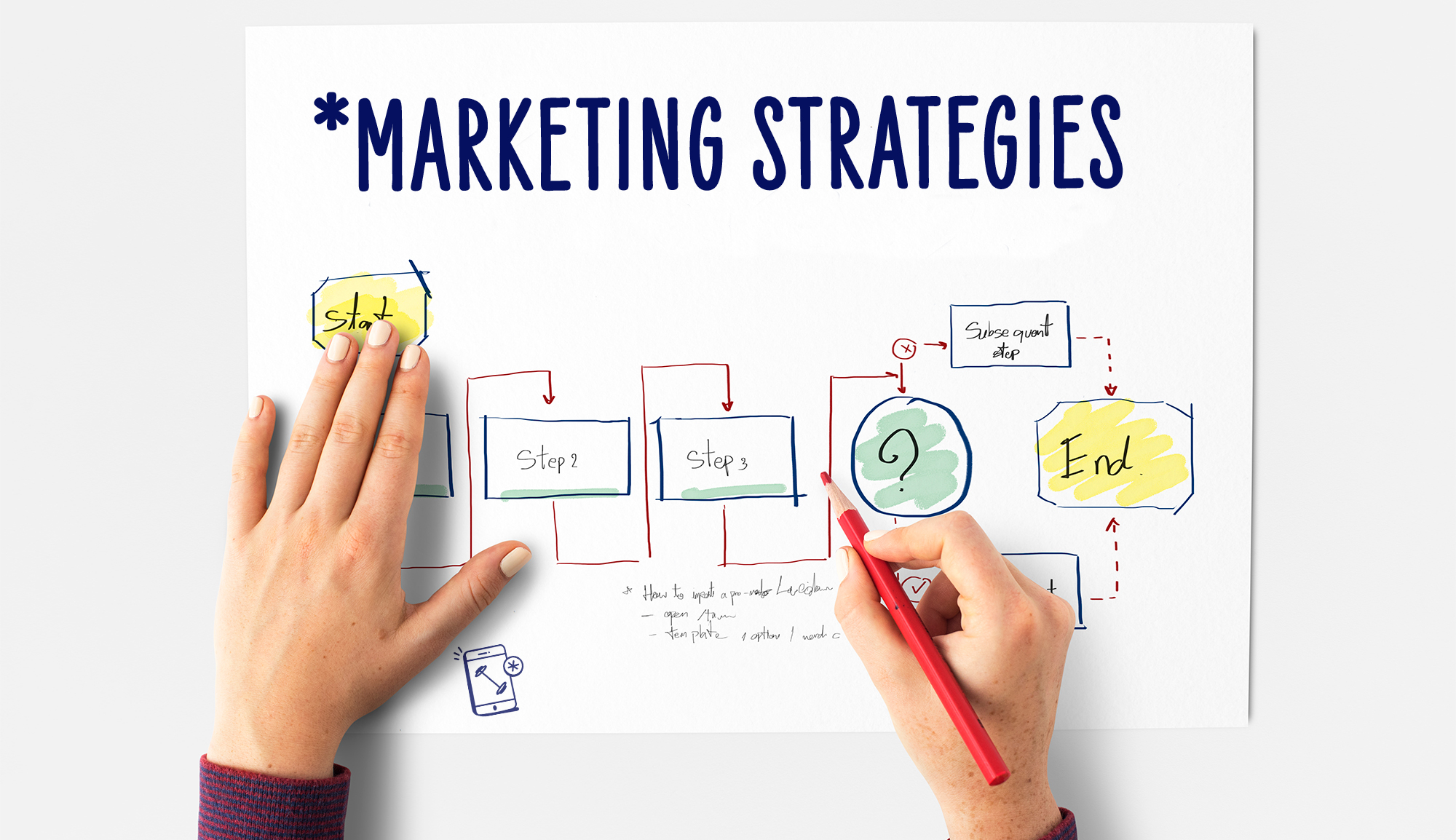 In today’s digital age, personalization has become a crucial aspect of marketing strategies. With declining website traffic from search engines and the impending phase-out of third-party cookies, businesses must find new ways to maximize every visitor interaction. Consumers now expect personalized experiences across all touchpoints, just as they receive on social media. This article explores the foundational pillars of effective personalization, the role of AI in identifying segments and predicting journeys, and real-world examples of brands that have successfully boosted conversions through personalization tactics.
In today’s digital age, personalization has become a crucial aspect of marketing strategies. With declining website traffic from search engines and the impending phase-out of third-party cookies, businesses must find new ways to maximize every visitor interaction. Consumers now expect personalized experiences across all touchpoints, just as they receive on social media. This article explores the foundational pillars of effective personalization, the role of AI in identifying segments and predicting journeys, and real-world examples of brands that have successfully boosted conversions through personalization tactics.
Personalization is vital for marketing strategies due to two primary contributing factors. Firstly, click-through rates from organic search are declining, especially for top-of-the-funnel information-seeking queries. As a result, website traffic is also declining, making it even more important to engage every visitor. Secondly, the pending deprecation of third-party cookies has posed a significant challenge for marketers in offering personalized experiences. Marketers should focus on utilizing first-party data collection and activation, as well as implementing a comprehensive customer data platform (CDP) to create a unified view of the customer.
Google CEO Sundar Pichai has emphasized the importance of personalization in search, stating that it is about understanding what users want and helping them accomplish it. Consumers are already accustomed to tailored content on social media, and they now expect personalized experiences at every touchpoint, including websites. Achieving personalization requires a comprehensive CDP that maintains unified customer profiles. Brands must urgently connect their CDP with their CRM and CMS to create personalized experiences.
The article highlights three foundational pillars of personalization: harnessing customer data, connectivity/journey, and personalizing content and distribution workflows. Harnessing data effectively requires a sophisticated CDP capable of processing real-time information and creating a comprehensive customer profile. Brands should segment customers based on geolocation, browsing behavior, and demographic data stored in the CDP. Identifying target cohorts within these segments allows for personalized campaigns, and predicting user journeys based on past actions helps optimize conversions. Real-time personalization and continuous enrichment of customer profiles further enhance the personalization process.
Connectivity and journey refer to ensuring a seamless, tailored experience across all channels and touchpoints. Brands must define simple workflows for common use cases to foster loyalty and revenue growth. Personalizing content and distribution workflows is another crucial aspect, as many organizations struggle to produce content that aligns with user intent. Streamlined workflows, design systems, centralizing digital assets, and deploying AI for content customization are key steps toward achieving this.
The article also discusses four types of personalization: location-based, channel-based, behavioral, and explicit, customer data-based. Location-based personalization customizes content based on the user’s physical location, utilizing geographic data such as GPS coordinates or IP addresses. Channel-based personalization tailors content for specific communication channels or platforms. Behavioral personalization customizes content based on past behaviors and interactions, while explicit, customer data-based personalization relies on information voluntarily provided by users.
AI plays a significant role in personalization by analyzing interactions and preferences to avoid a one-size-fits-all approach. It identifies visitor segments to target, predicts visitor journeys, and optimizes content creation/selection. Real-life examples showcase how behavioral and channel-based personalization helped increase conversions and bookings for brands. By implementing personalization strategies that leverage AI and focusing on personalization, connectivity, and data, brands can boost revenue and gain a competitive advantage in the digital landscape.
In conclusion, personalization is rapidly becoming essential for businesses to drive engagement, loyalty, and revenue growth. With the decline in website traffic from search engines and the phase-out of third-party cookies, businesses must find new ways to maximize visitor interactions. Consumers now expect personalized experiences across all touchpoints. Implementing personalization strategies based on harnessing customer data, establishing connectivity/journey, and personalizing content and distribution workflows is crucial. AI plays a significant role in personalization by analyzing interactions and preferences. Brands that invest in personalization, connectivity, and data will have a competitive advantage in the digital landscape.
